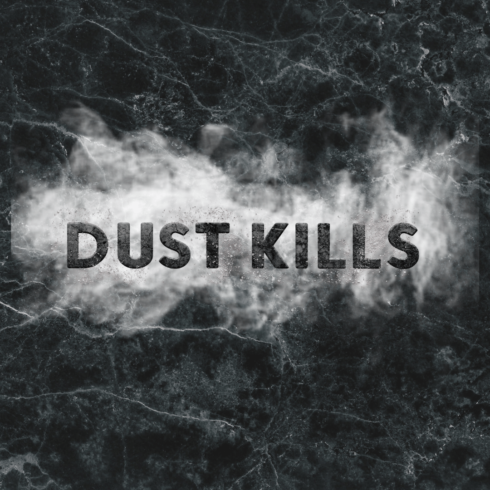| Around 12,000 people die every year in the UK from lung diseases linked to past exposure to hazardous substances at work. Wood dust can cause serious health problems. It can cause asthma, which carpenters and joiners are four times more likely to get compared with other UK workers. The Control of Substances Hazardous to Health (COSHH) Regulations 2002 require that you protect workers from the hazards of wood dust. Hardwood dust can cause cancer, particularly of the nose. Settled dust contains the fine particles that are most likely to damage the lungs.  HSE Inspectors are visiting woodworking businesses across Great Britain to ensure duty holders know the risks associated with woodworking, including wood dust, and have adequate controls in place to keep workers safe and protect their health. They will be looking for evidence that employers have considered the control measures required to reduce workers’ exposure to wood dust; workers understand that exposure to wood dust can damage their long-term respiratory health; and that adequate and effective control measures are in place to protect workers from harm. Full guidance on Health & Safety in the Woodworking Industry can be found here, but below is a brief overview: Both hardwood and softwood dusts have a Workplace Exposure Limit (WEL) which must not be exceeded. · The WEL for hardwood dust is 3mg/m3 (based on an 8-hour time-weighted average). · The WEL for softwood dust is 5mg/m3 (based on an 8-hour time-weighted average). · For mixtures of hardwood and softwood dusts the WEL for hardwood dust of 3mg/m3 applies to all wood dusts present in that mixture. Adequate control of wood dust is achieved when: · The eight principles of good control practice are applied as set out in Schedule 2A of COSHH. · Exposure is below the relevant WEL; and · Exposure is reduced to as low a level as is reasonably practicable. · Provide dust extraction (also known as local exhaust ventilation or LEV) at woodworking machines to capture and remove dust before it can spread. · Ensure LEV has been examined by a competent person within the last 14 months and you have also considered if DSEAR is applicable to your business. The Dangerous Substances and Explosive Atmospheres Regulations 2002 (DSEAR) (hse.gov.uk) Safe collection of wood waste: Prevention of fire and explosion wis32(rev1) (hse.gov.uk) · As breathing in wood dust can cause asthma, it is important for businesses to identify any health effects early. This can be done by having a suitable health surveillance programme in place. Health surveillance would cover areas such as respiratory and audiometry although various other testing maybe required based on the hazards associated with your processes. · Be sure to consider new starters before exposure, or within 6 weeks to provide a baseline. · Schedule ongoing testing, normally on an annual basis, but take advice from your occupational health professional. · Maintain employees’ health records and promote reporting of symptoms between testing. · Where you need to use RPE you should: select the right mask and cartridge ensure it fits properly by having it ‘face fitted’, and by being clean shaven, look after it / change it regularly in accordance with the manufacturer’s instructions. · Ensure a clean working environment is maintained using an M Class vacuum – never brush or use compressed air · Ensure you review the materials you are using for example there may be a potential for the release of formaldehyde or other binders when working with some MDF products, although provided it is sourced from a reputable UK/EU supplier it should be at low levels. https://www.hse.gov.uk/woodworking/faq-mdf.htm · Some woods are also classed as “toxic” ensure you have the correct management controls in place to manage this in your business. · Ensure an inspection schedule is in place to ensure machine guarding is utilised and is in good working order, being used by all operators Inspectors will be considering other things, such as braking, tooling, working at height and transport, so be sure to have these issues well considered and documentation up to date. What are the HSE Inspectors typically looking for? Find out here |
Written by Daniel Prosser, MSc CMIOSH OSHCR
Safety, Health and Wellbeing Professional
